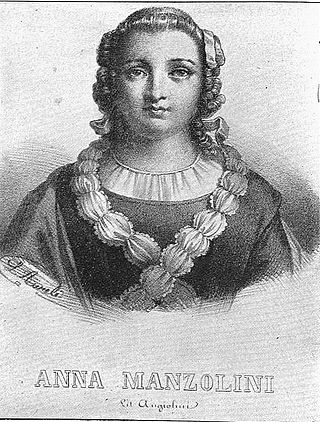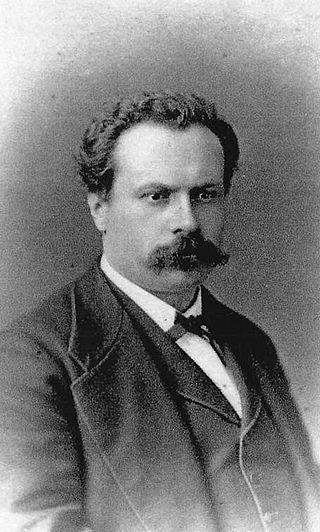
The University of Turin is a public research university in the city of Turin, in the Piedmont region of Italy. It is one of the oldest universities in Europe and continues to play an important role in research and training. It is steadily ranked among the top 5 Italian universities and it is ranked third for research activities in Italy, according to the latest data by ANVUR.

Moulage is the art of applying mock injuries for the purpose of training emergency response teams and other medical and military personnel. Moulage may be as simple as applying pre-made rubber or latex "wounds" to a healthy "patient's" limbs, chest, head, etc., or as complex as using makeup and theatre techniques to provide elements of realism to the training simulation. The practice dates to at least the Renaissance, when wax figures were used for this purpose.

The Museo Egizio or Egyptian Museum is an archaeological museum in Turin, Italy, specializing in Egyptian archaeology and anthropology. It houses one of the largest collections of Egyptian antiquities, with more than 30,000 artifacts, and is considered the second most important Egyptological collection in the world, after the Egyptian Museum of Cairo. In 2019, it received 853,320 visitors, making it one of the most visited museums in Italy.

The University of Pavia is a university located in Pavia, Lombardy, Italy. There was evidence of teaching as early as 1361, making it one of the oldest universities in the world. It was the sole university in Milan and the greater Lombardy region until the end of the 19th century. In 2022 the university was recognized by the Times Higher Education among the top 10 in Italy and among the 300 best in the world. Currently, it has 18 departments and 9 faculties. It does not have a main campus; its buildings and facilities are scattered around the city, which is in turn called "a city campus." The university caters to more than 20,000 students who come from Italy and all over the world.

A wax sculpture is a depiction made using a waxy substance. Often these are effigies, usually of a notable individual, but there are also death masks and scenes with many figures, mostly in relief.

The Museum of Zoology and Natural History, best known as La Specola, is an eclectic natural history museum in Florence, central Italy, located next to the Pitti Palace. The name Specola means observatory, a reference to the astronomical observatory founded there in 1790. It now forms part of the Museo di Storia Naturale di Firenze. This museum is part of what are now six different collections at four different sites for the Museo di Storia Naturale di Firenze.

The Turin Museum of Natural History was established in 1978 to house the natural history collections of the University of Turin and other collections of natural history, originated from specific research campaigns and donations. It is located at 36 Via Giolitti, Turin, in a 17th-century building which used to be the hospital of San Giovanni Battista, build by Amedeo di Castellamonte.

The Museo di Storia Naturale di Firenze is a natural history museum in 6 major collections, located in Florence, Italy. It is part of the University of Florence. Museum collections are open mornings except Wednesday, and all day Saturday; an admission fee is charged.

Luigi Rolando was an Italian anatomist known for his pioneering research in brain localization of function.
The Musée d'Anatomie Delmas-Orfila-Rouvière was a museum of anatomy formerly located on the eighth floor of the Faculty of Medicine, Paris V René Descartes University, 45, rue des Saints-Pères, 6th arrondissement of Paris, France. It was the largest anatomy museum in France. It was closed around 2005, with all its exhibits going into storage.

Anna Morandi Manzolini was an internationally known anatomist and anatomical wax modeler, as lecturer of anatomical design at the University of Bologna.

The University History Museum of the University of Pavia is a museum displaying memorabilia related to the history of the university, particularly in the fields of physics and medicine, when students were taught by prominent scholars such as Antonio Scarpa and Camillo Golgi or the physicist Alessandro Volta.

Clemente Michelangelo Susini (1754–1814) was an Italian sculptor who became renowned for his wax anatomical models, vividly and accurately depicting partly dissected corpses. These models were praised by both doctors and artists.

Francesco Antonio Boi was a Sardinian physician and professor of anatomy. He is known for his work with the sculptor Clemente Susini in preparing highly detailed and accurate wax anatomical models.

The Palazzo Poggi is a palazzo in Via Zamboni 33, Bologna, Italy. It is the headquarters of the University of Bologna and of the rector of the university.

Luigi Calori was an Italian physician who was Professor of Human Anatomy at the University of Bologna for over 50 years.

Carlo Giacomini, was an Italian anatomist, neuroscientist, and a professor at the University of Turin who also made significant contributions in anthropology and embryology. He worked with the physiologist, Angelo Mosso (1846-1910), which led to the first recording of human brain pulsations. Giacomini vein, a lower limb vein, and the band of Giacomini, a band of uncus gyri parahippocampalis he discovered in 1882, and the Giacomini vertebrae are named after him.

The Nello Cassata Ethnohistory Museum is a museum located in Barcellona Pozzo di Gotto, Sicily, Italy.

The Reale Museo di Fisica e Storia Naturale was an Italian museum founded on 22 February 1775 in Florence that survived until 1878, when its collections were split up in various Florentine museums.
Giovanni Tumiati was a physician and anatomist, active mainly in his native Ferrara.




















